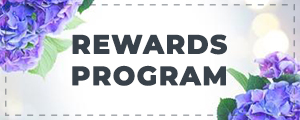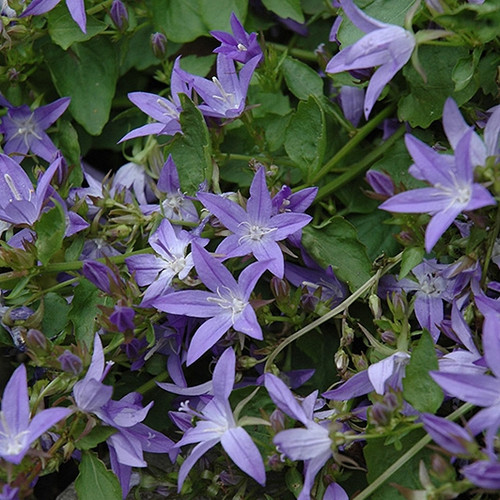| Campanula glomerata | USDA Zone: 2-9 |
Clustered Bellflower has masses of beautiful clusters of purple flowers at the ends of the stems from early to mid summer, which are most effective when planted in groupings. The flowers are excellent for cutting. Its heart-shaped leaves remain green in colour throughout the season.
Vigorous and early blooming, this selection features beautiful clusters of violet-blue bell-shaped flowers, rising above heart-shaped green foliage; easy to maintain-deadhead to promote new growth; excellent in beds, borders, containers or in bouquets
Clustered Bellflower is recommended for the following landscape applications;
- Mass Planting
- General Garden Use
- Naturalizing And Woodland Gardens
- Container Planting
Bloomtime: Spring, Summer
Deer and Rabbit Resistant
Long Bloom Period
Attracts Pollinators
Common name: Carpathian Bellflower, Carpathian Harebell.
|
Key Feature
|
Light Needs | Landscape Uses |
 |
 |
|
|
|
|
| More About Clustered Bellflower |
| Height: 12 inches |
Spread: 18-24 inches |
Flower Colour: Purple / Blue Shades |
|
Clustered Bellflower will grow to be about 12 inches tall at maturity extending to 24 inches tall with the flowers, with a spread of 18 inches. Its foliage tends to remain dense right to the ground, not requiring facer plants in front. It grows at a fast rate Clustered Bellflower does best in full sun to partial shade. It prefers to grow in average to moist conditions, and shouldn't be allowed to dry out. It is not particular as to soil type, but has a definite preference for alkaline soils. It is highly tolerant of urban pollution and will even thrive in inner city environments. Clustered Bellflower is a fine choice for the garden, but it is also a good selection for planting in outdoor pots and containers. With its upright habit of growth, it is best suited for use as a 'thriller' in the 'spiller-thriller-filler' container combination; plant it near the center of the pot, surrounded by smaller plants and those that spill over the edges. Note that when grown in a container, it may not perform exactly as indicated on the tag - this is to be expected. Also note that when growing plants in outdoor containers and baskets, they may require more frequent waterings than they would in the yard or garden. Be aware that in our climate, most plants cannot be expected to survive the winter if left in containers outdoors, and this plant is no exception. NOTE: Some flowers and plants may be harmful or poisonous to people or pets if touched or ingested. If you require more information before placing an order, please let us know in advance. |










